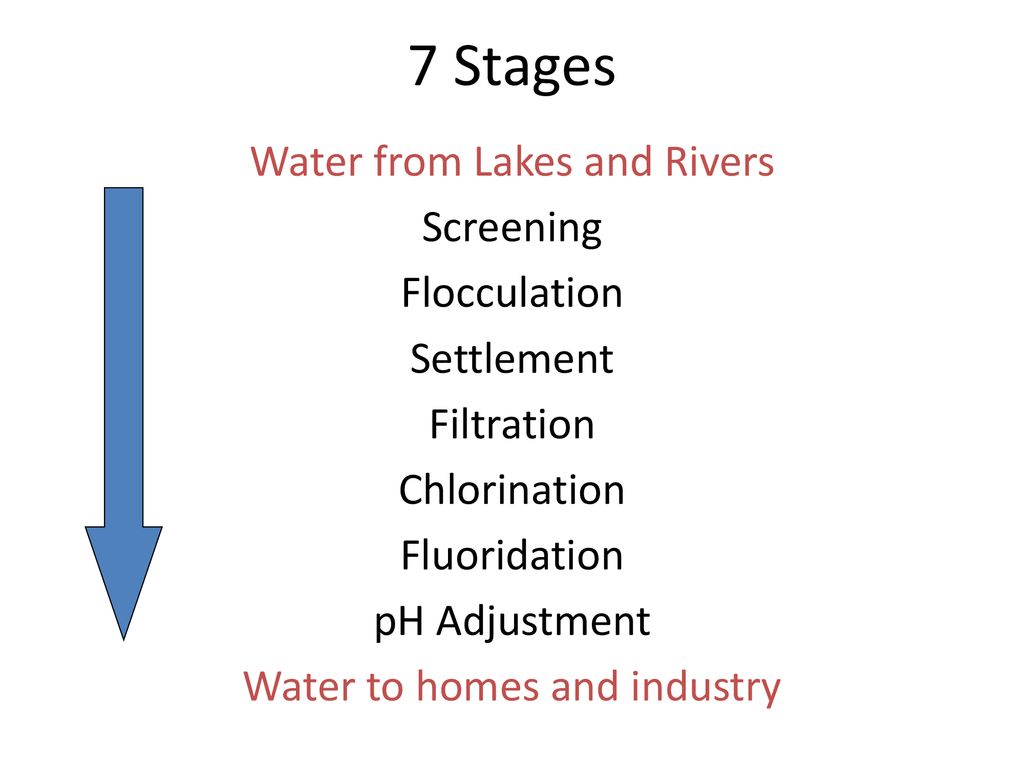Getting My Residential Water Treatment System To Work
Table of ContentsEverything about Residential Water Treatment SystemNot known Factual Statements About Residential Water Treatment System Residential Water Treatment System Things To Know Before You BuyA Biased View of Residential Water Treatment System

on the other hand, comes from production, commercial and also commercial tasks carried as well as has a totally different make-up than sewage water. How does it function? The very first step in this water treatment plant is that the wastewater drains pipes to the plant with the assistance of gravity with the primary sewer system.
In this stage, the water moves through the gravel chamber to eliminate any kind of grit. The gravel is then gotten rid of at the dump. The water then transfers to the bar screens which eliminate big things. These are training course displays. Next off, the fine displays get rid of smaller sized objects such as undigested foods, or suits, etc.
In this stage, the water streams to the key settling storage tanks, additionally known as pre-settling containers. These tanks have hoppers which are positioned in the base of the tank where water streams through.
Everything about Residential Water Treatment System
These clearing up storage tanks allow the sludge to work out and after that relocates to food digestion tanks. In the food digestion containers, the sludge is heated and combined. One more important point that takes place below is the manufacturing of biogas, which the wastewater treatment plants can reuse, in the production of electrical or thermal energy which is another big advantage to the atmosphere.

The last action in wastewater treatment is assessment. This examination entails inspecting the contamination level of the water treated and seeing to it it adheres to the greatest criteria in order to be launched or reused for domestic or industrial purposes. residential water treatment system. Applications: Many petroleum refineries or petrochemical in addition to chemical sectors generate a huge quantity of wastewater and also require on-site wastewater treatment plants.
The wastewater here flows with screens as well as right into negotiation containers that can obtain debris in big quantities. It works as a pre-treatment as mentioned over as it happens prior to three more aggressive stages- primary, secondary and tertiary treatment. Primary Treatment Throughout this stage, the wastewater relocates right into the clarifiers.
Getting My Residential Water Treatment System To Work
It is the design of these containers that lead to working out, that is, the organic solid issue accumulates at the end of the storage tank while the lighter matter floats to the leading ending up being simpler for removal. The raw material that works out at the bottom is known as a primary sludge covering.
Second Treatment This therapy phase is composed of cardio aeration. When this air streams with see page the aerators, the small holes existing, transform them into bubbles and they obtain mixed with the water column.
This RAS returns into the main clarification storage tank and the microorganisms in it helps in damaging down any raw material in the sewage. When RAS has totally undergone both the main and second information basins continually, i. e numerous times, it is turned into waste-activated sludge (WAS). The WAS after that does not go back to the primary clarification storage tank but rather transfers to the protected storage tanks, also understood as cardiovascular sludge digesters.
Ultimately, the remaining sludge relocations to the dewatering facility which contains dewatering tanks where the plant uses belt presses to squeeze any staying water out of the sludge. Tertiary Treatment Tertiary treatment complies with the procedure Going Here of both key and second processes however additionally additionally includes mechanical and also photochemical processes.
Residential Water Treatment System Things To Know Before You Buy
Below the focus is offered to physical strategies such as testing, sedimentation, filtration, clarification etc. The purpose of this is to eliminate as much solid physical issues as possible prior to sending the effluent for further therapy. This stage involves the elimination of solid Your Domain Name waste and also raw material. Right here chemicals are included to break down any kind of solid and also chemical waste.
There are 2 kinds of resins- one is an anion one while the various other is a cation one. These previous resins release hydroxyl ions which are adversely billed while the cation materials launch hydrogen ions that are positively charged. The cation-exchange resins cause softening of water, the anion-exchange lead to the elimination of nitrate from wastewater and also the combination of both the anion and also cation exchange eliminates virtually every ionic pollutant existing in the feed water with a process called deionization (residential water treatment system).
Applications: Demineralization brings about the complete removal of minerals from the water and also is generally utilized in industries that need water with high degrees of pureness, for instance- makeup or feed water in high-pressure boilers, the food as well as beverage industry, as well as procedure streams used in the production of electronics. They are additionally used in sectors for the generation of heavy steam, power as well as air conditioning.
Reverse Osmosis (RO) Water Treatment The principle of reverse osmosis (RO) operates on the filtration approach that results in the removal of a lot of impurities and also contaminations from wastewater by using stress to it when it gets on one side of a membrane layer. Just how does it function? This water treatment plant works by utilizing a high-pressure pump that boosts the pressure on the salt side of the RO as well as requires the water across the semipermeable RO membrane layer (which enables some atoms as well as particles to pass however not others), leaving nearly 95%-99% of liquified salts in the turn down stream.